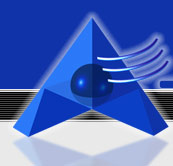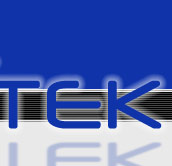What do the standards cover?
1. IPC-A-610 is a visual inspection standard, it looks at end item inspection of PCBs. It separates the acceptability criteria into the relevant classes of production. It includes for example criteria on
component placement and solder joint minimum/maximum volumes and quality based on the class of
production as chosen usually by the customer. It includes PTH and SMT criteria, as well as criteria for hardware, wire and terminals, circuit board laminate conditions, cleanliness and high voltage criteria.
2. IPC-7711/7721 is a widely used manual consisting of industry recommended and approved procedures for rework, repair and modification of electronic assemblies. It includes guidance with regards to procedure selection for removal and resoldering of SMT and PTH components, ECO wiring, and Pad and track repair. It covers procedural requirements, tools, materials and methods for removing and replacing conformal coatings, surface mount and through-hole components. The standard also includes procedures for repairing and modifying boards and assemblies. In addition, it is now updated with additional support for lead free, BGAs and flex-print repairs.
3. IPC-A-600 is a quality assurance/visual acceptance standard for unpopulated printed circuit boards. It is used by both circuit board manufacturers and personnel at incoming inspection. The standard identifies anomalies associated with bare printed circuit boards, especially to those who are unfamiliar with the bare board manufacturing process. The worst thing a company can do is to place valuable components on a defective board only for it to fail in the end. For years, IPC-A-600 has set the standard for PCB workmanship quality with its comprehensive acceptance criteria for target, acceptable and nonconforming conditions on bare printed boards. PCB manufacturers and assemblers alike rely on this internationally recognized document to improve their understanding of printed board quality issues as well as help enhance communication with their suppliers and customers. The standard includes external circuit board criteria as well as microsectionally viewed internal criteria.
4. IPC-J-STD-001 is a standard for hand and machine soldering processes and material requirements. The IPC J-STD-001 Requirement for Soldered Electrical and Electronic Assemblies has emerged as the pre-eminent authority for electronics assembly manufacturing. The standard describes materials, methods and verification criteria for producing high quality soldered interconnections. The standard emphasizes process control and sets industry-consensus requirements for a broad range of electronic products. It sets industry recommended requirements for ESD and humidity requirements as well as material (e.g. solder, flux) solderability and equipment requirements. It works closely with the IPC-A-610 requirements in that it lays down the ground rules and process controls required for the manufacturing processes to enable these same processes to produce quality product which will meet the IPC-A-610 final inspection visual standards.
5. IPC/WHMA-A-620 is a standard that enjoyed almost immediate international acceptance since its first release in 2002, and quickly became the most important process, materials and inspection standard for the cable and wire harness industry. Developed with the support of the Wire Harness Manufacturer's Association, the document and training programs have been published in several languages and the standard has earned an international reputation as the source for end-product acceptance. Now updated to lead free for terminal soldering criteria, IPC/WHMA-A-620 has been embraced by original equipment manufacturers and electronics manufacturing services companies worldwide.
<<<BACK |

